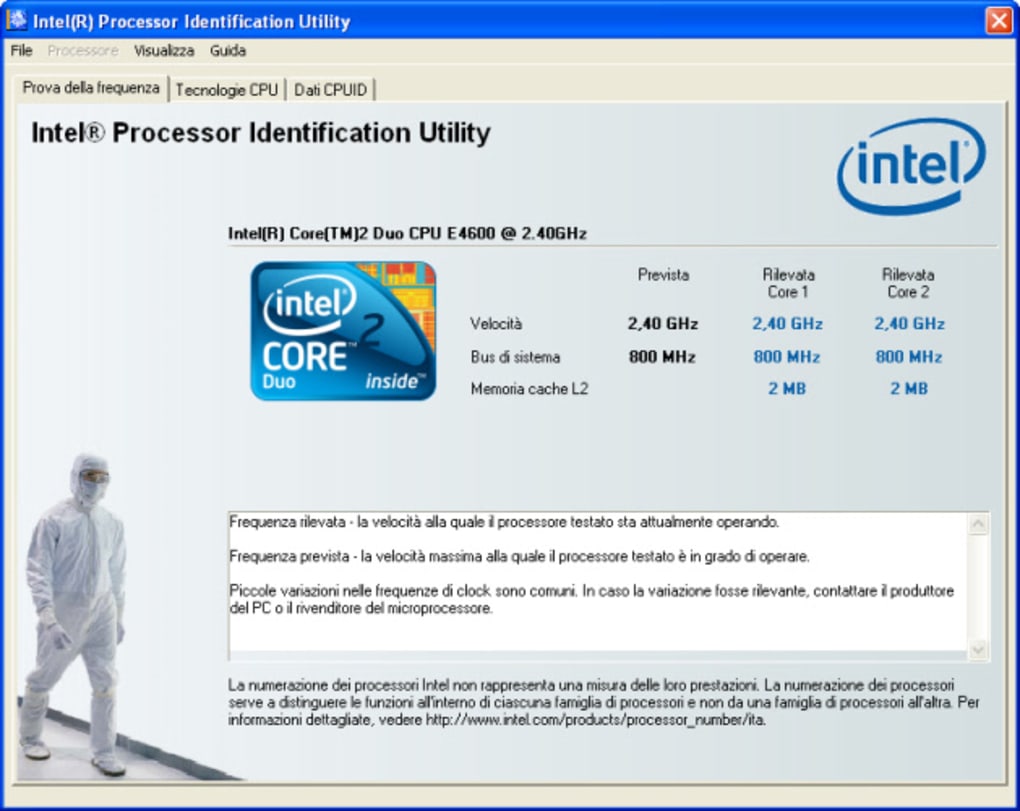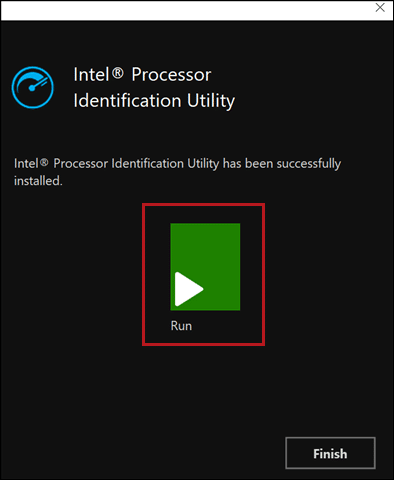

None of these actions has fixed the problem. Installed and run the Intel " Chipset Software Installation Utility" according to the instructions on this page: Checked "Intel Driver & Support Assistant" which says "No supported driver or software updates are available for your system"Ĥ. Updated the Intel Management Engine to the latest versionģ.

Installed the latest chipset drivers for my motherboard from ASUS.Ģ. I believe these are related to my CPU/Chipset.ġ. (released ), supports 11th Gen and older processors. Version 7.0.0 supports 12th Gen and newer processors. "System Interrupt Controller" x 4 entries Intel Processor Identification Utility - Windows Version This download page contains two versions of Intel Processor Identification Utility for Windows. Everything seems to be running OK but when I open up Device manager I have a bunch of unknown devices. VMware Workstation and Device/Credential Guard are not compatible.I have just done a clean install of Windows 11 onto my machine.Powering on a vm in VMware Workstation on Windows 10 host where Credential Guard/Device Guard is enabled fails with BSOD (2146361).Run Hyper-V in a Virtual Machine with Nested Virtualization Dear all, Intel Cpu Identification Find Whole Details Of Cpu Intel Processor Identification Utility Cpu-Z.It displays the Graphics information, Chipset.Simply run the below command to enable that feature Set-VMProcessor -VMName -ExposeVirtualizationExtensions $true See Using Hyper-V with Oracle VM VirtualBoxĮnable nested paging so that you can run other hypervisors inside Hyper-V. Use a hypervisor that supports Hyper-V like VirtualBox.If you have VMs running in other hypervisors like VMWare then just migrate them to Hyper-V If you want to use the sandbox feature then unfortunately you can't disable Hyper-V like in other answers. However on Windows 10 Build 18305 and up, beside the guard features, Windows Sandbox will also enable Hyper-V, because it's also a thin layer of virtualization More detailed information about those commands can be found on Manage Windows Defender Credential Guard If you don't need that level of security you can disable them by running DG_Readiness_Tool_v3.5.ps1 -Enable -AutoRebootĬopy %WINDIR%\System32\SecConfig.efi X:\EFI\Microsoft\Boot\SecConfig.efi /Yīcdedit /create device partition=X: As mentioned in another answer, Core isolation, Application Guard, Credential Guard and Device Guard utilize the Hyper-V feature.


 0 kommentar(er)
0 kommentar(er)
